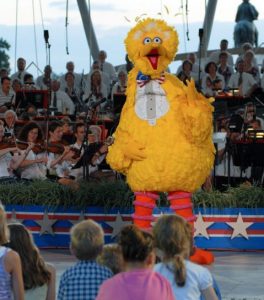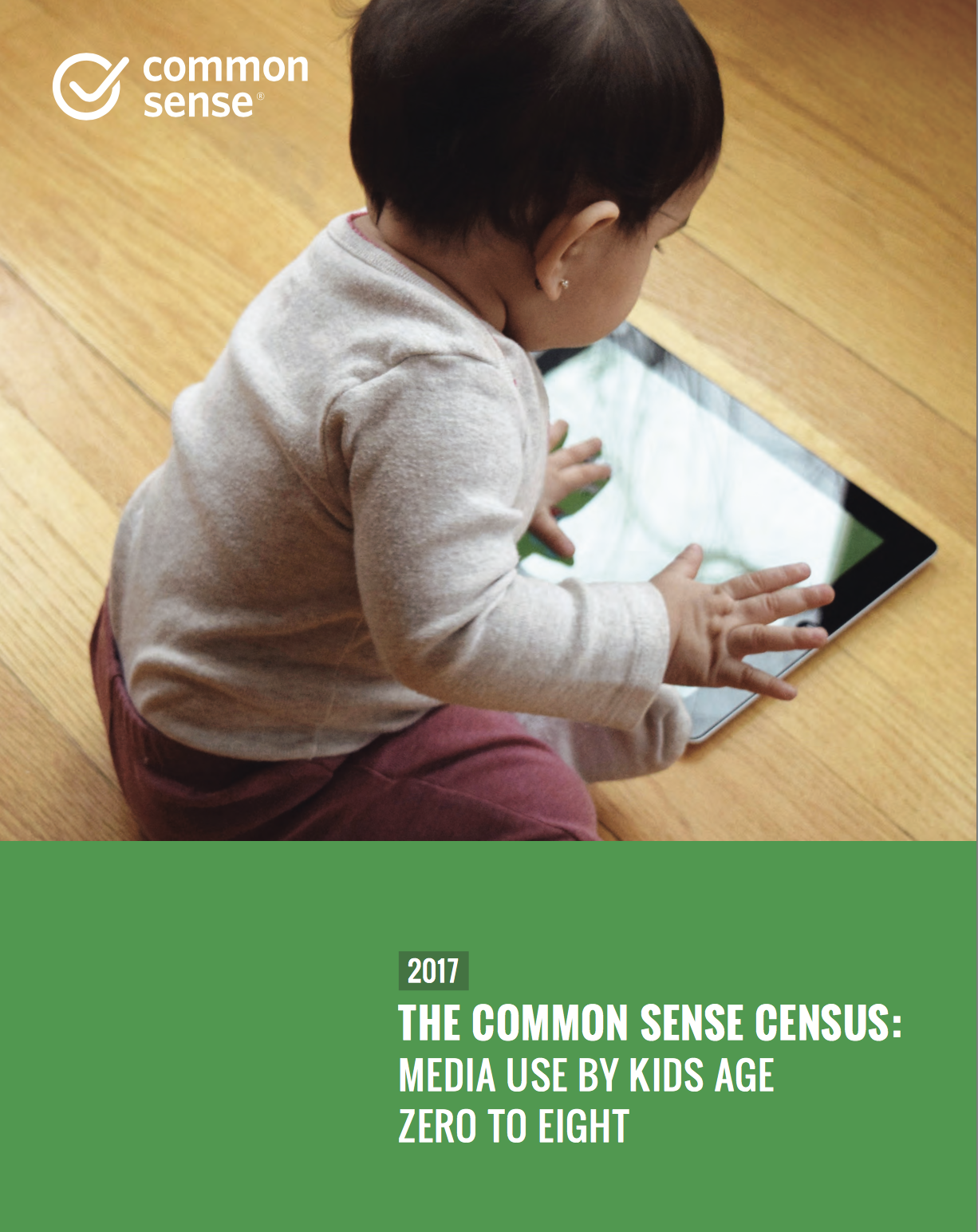This post was originally published on The Hechinger Report and appears here with permission.

Over the past several years, at the same time that the words “screen time” became shorthand for children zoning out, several researchers and educational experts have been taking an entirely different track.
They have been studying how and at what age children come to learn words, follow stories, and grasp educational concepts that appear in ebooks, videos, and apps.
New experiments on The Adventures of SuperWhy!, Peg+Catand other PBS shows, not to mention decades of studies of Sesame Street, show that young kids actually learn more than peers who do not have access to these research-based educational programs, especially when adults are also engaged around the media.
Those findings became the underpinning of some major news in Ed Tech last week when the American Academy of Pediatrics announced changes to its recommendations on “screen time.” For years the pediatricians’ group has been telling parents to refrain from or sharply limit use of screen media.
In a more nuanced statement, the AAP concluded that well designed media used by parents and children together, could be a tool for social interaction and learning.
The academy didn’t shy away from recommending limits, but it did not prescribe one-size-fits-all edicts either.
The guidance takes a more realistic approach, acknowledging that toddlers may benefit from new technologies such as video chat and that most preschoolers are using tablets and other technology already.
Our hope is that the announcement will help parents feel less guilty and encourage teachers to use new tools more intentionally and productively.
The AAP guidance has huge implications for how we raise children to become literate, productive adults. Today’s preschoolers — the class of 2030 —will still need to be able to read in the traditional sense. But they will also need a new blend of skills — to speak, listen, write, be able to discern an author’s bias, and to look for evidence within books to inform their opinions.
Literacy rates and toddlers’ media use may seem unrelated but they are inextricably tied. The important connections between media and reading must be brought to light in schools, households, and in the public’s imagination.
Once that connection is made, it’s possible to escape the polarized debates between technology as harmful (it’s nothing more than an electronic babysitter!) and technology as savior (apps can fix the reading crisis!).
A decade of studies on audiovisual media with young children have painted a much more complicated and interesting picture. It turns out that the content and context really matter. If the screen is just blaring away with background noise or adult-oriented content, children suffer: ‘always on’ media interferes with conversations with their parents, and even the way they play is disrupted.
On the other hand, children at very young ages can gain important skills in literacy and language development if the content on the screen is designed for learning and if they have a parent or educator who talks with them about what they are doing and seeing.
For the past several years, our organizations have been visiting libraries, early learning centers, and schools around the country to uncover what it takes to help raise strong readers.
We have analyzed the app stores and dug deeply into differences between ebooks and print books. We have interviewed scores of reading experts and developmental scientists.
The conclusion from these years of study points to this third way: Empower parents and educators to see their role as primary, with technology as a powerful complement.
For example, consider the lessons of a program in Milbridge, Maine, that was designed to help Spanish-speaking immigrants create learning environments for their preschoolers.
Using monthly home visits and other methods for engaging families, professionals introduce parents and their children to touchscreen tablets that have been loaded with quality ebooks and games in Spanish and English.
The idea is not to have parents simply hand these devices over to their kids. Instead, the games and ebooks provide examples of hands-on activities that parents can do with their preschoolers in their kitchens and backyards to promote vocabulary and content knowledge in both languages, which helps build a solid foundation for life-long learning.
If recent test scores are a good indicator of how far our nation is falling behind our competitors, rethinking screen time may open the door to new paths for addressing that crisis.
In fact, as the AAP has now hinted, it’s time to abandon the idea of screen time in general.
The lines that used to define “screen time,” “learning time”, or “play time” have become so blurred as to be meaningless. In fact, when people use “screen time” pejoratively, it’s because what they are really worried about is “mindless time” or “sedentary time.” Those are the capsules of time that need strict limits.
The AAP has helpfully reminded us that the focus must be on howwell we’re using our time and resources with children. As educators and parents we need a new prescription for reading: let’s address how literacy learning can and should be happening regardless of the device.
Today’s children and families experience screens and digital media everywhere. Instead of pushing screens away, it’s time to put them to use in a thoroughly modern way. Doctor’s orders!



